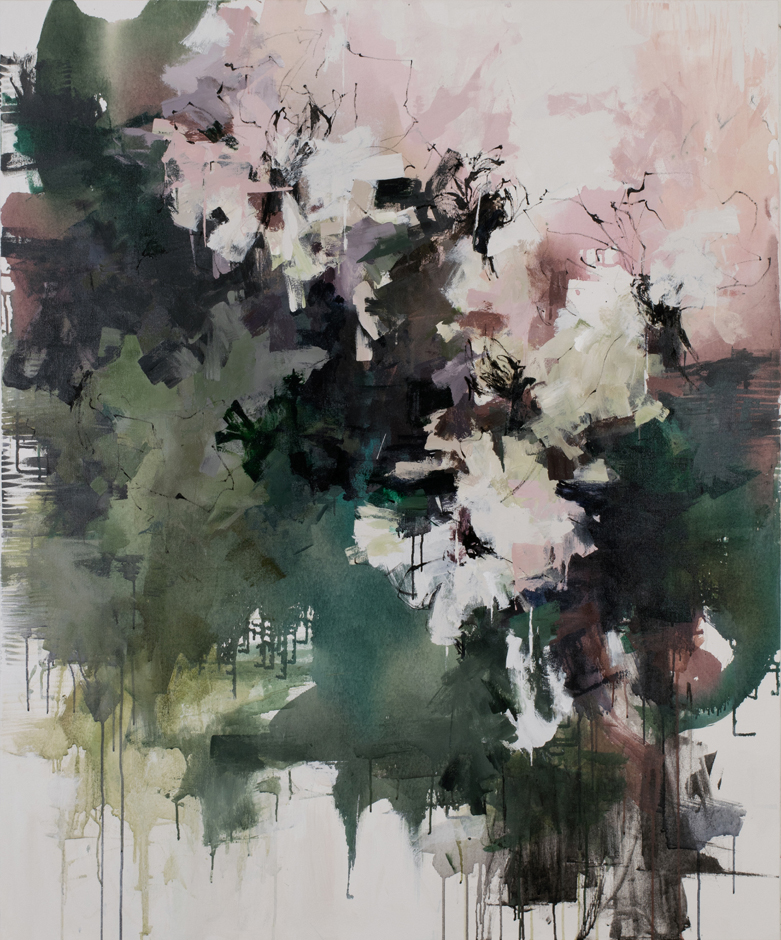|
Il gelsomino notturno Giovanni Pascoli E s’aprono i fiori notturni, Da un pezzo si tacquero i gridi: Dai calici aperti si esala Un’ape tardiva sussurra Per tutta la notte s’esala È l’alba: si chiudono i petali
|
Night-blooming jasmine Giovanni Pascoli And nocturnal flowers blossom Quietness has replaced the bustle: From open cups comes a bouquet A tardy bumblebee mutters Through the long night the sweet bouquet It’s daybreak: the slightly wilted
Translation ©Matilda Colarossi 2019 |
This poem is one of the best examples of Pascoli’s symbolism. It starts with “And” as if the poet were picking up from somewhere else, a recurring thought that he has treated often: the thought of his dead loved ones. In this poem, however, it is linked to a joyful occasion, the wedding of a dear friend.
About the poem: Night-blooming jasmine opens when night-time approaches. The poet’s thought goes to the loved ones he has lost. All is quiet: silence falls on the countryside, one house alone is still buzzing with sound, like a nest. (Sotto l’ali dormono i nidi/ Underneath wings the young nestle…like eyes underneath eyelashes). From the cups of the flowers comes a scent of red strawberries (synesthesia: scent – smell – is increased by the colour – sight – red) While in the house the light shines, grasses grow on tombs (oxymoron, the symbol of death into symbols of life). A bumblebee arrives muttering (onomatopoeia), and finds all the cells taken (the poets own sense of exclusion, perhaps?). The constellation Chioccetta (*which I have changed to Columba because in Italian Chiocetta is both a young hen and the constellation; Columba in English is also a constellation, and the Latin name means dove) shines in the azure sky (aia/ farmyard). The shimmering lights recall the image of the young hen with her chicks which peep stars (pigolio di stelle: synesthesia the light of the stars recalls the peeping of the chicks). Throughout the night the scent/ bouquet of jasmine fills the air. The light in the house moves upstairs and then goes out. Is it referred to the newlyweds? Possibly, because as dawn approaches and the flowers close, the poet alludes to the “soft and secret urn” inside which new life, and new happiness, will grow. –M.C.
Painting: Carlos Ramirez, “Night Blooming Jasmine on the Porch”

This work is licensed under a Creative Commons Attribution-NonCommercial-NoDerivatives 4.0 International License.

Reblogged this on Paolo Ottaviani's Weblog.
LikeLike